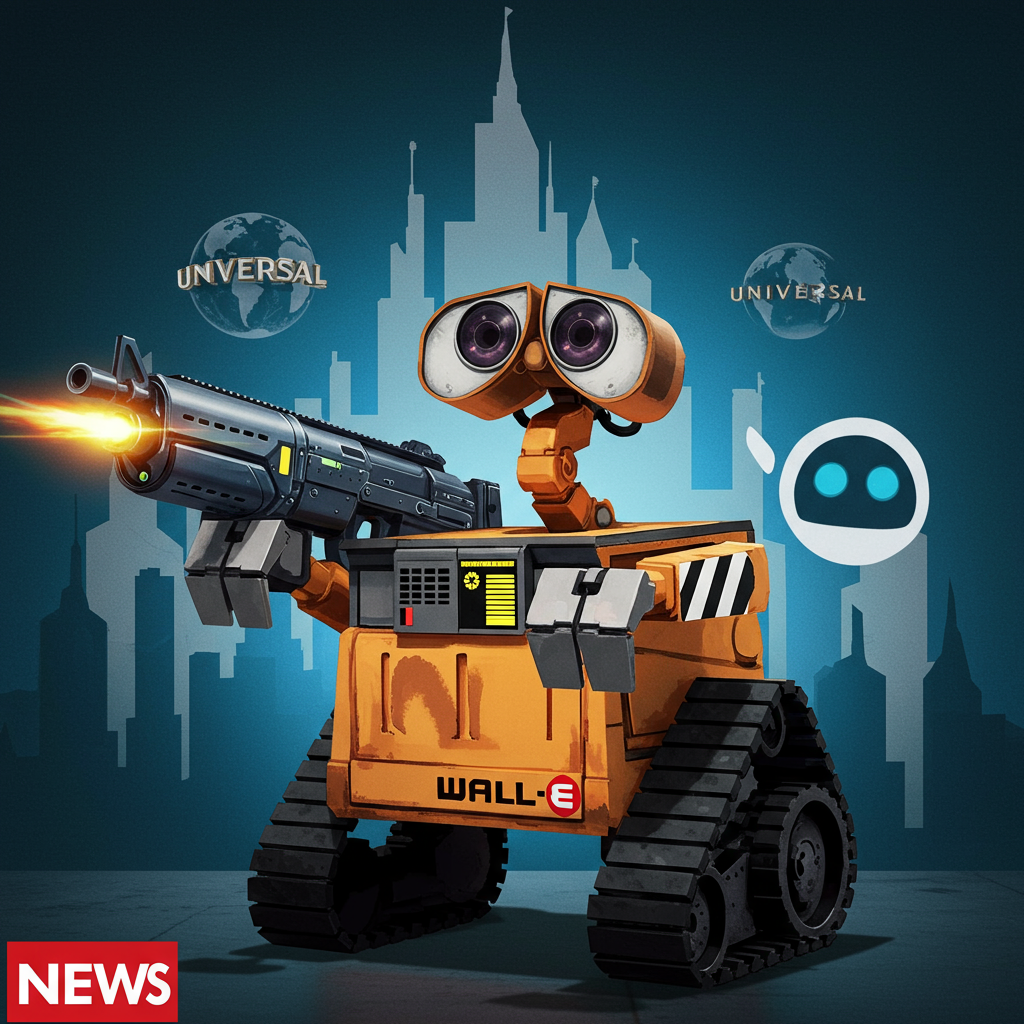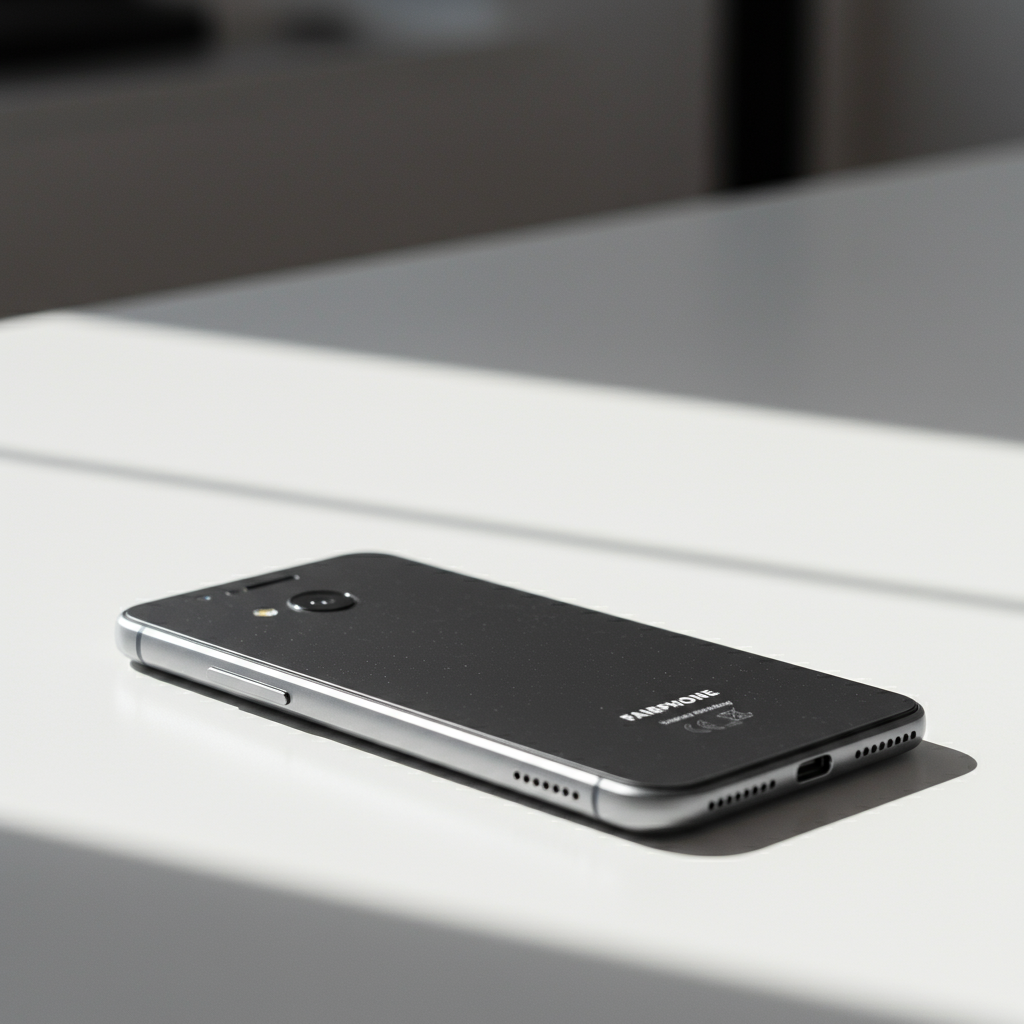The image is jarringly familiar yet deeply unsettling: a beloved animated character, Wall-E, the gentle trash-compacting robot, pictured holding a gun. This isn’t concept art for a dark new film; it’s an output from Midjourney’s new generative AI video tool, V1. This controversial capability has emerged at a remarkably sensitive time, immediately following a major copyright infringement lawsuit filed against the AI startup by two Hollywood giants, Disney and Universal. The development significantly escalates the legal and ethical conflict surrounding AI’s ability to replicate copyrighted creations.
Midjourney’s New V1 Video Tool Launches Amidst Legal Firestorm
Midjourney, known for its powerful AI image generation, recently unveiled its V1 video tool, allowing users to create short animated clips. The current version requires an existing image as a starting point for animation, not supporting text-only video generation. The timing of this release is critical, coinciding directly with a landmark lawsuit brought by Disney and Universal. The studios allege that Midjourney violates copyright law by generating images containing their intellectual property, with Disney’s legal head reportedly describing Midjourney’s output as amounting to “piracy.”
Incomplete Guardrails: Testing Reveals Copyrighted Characters
Despite the looming legal threat, Midjourney appears to have implemented some video-specific guardrails within V1. Testing indicated that attempts to animate certain high-profile characters, such as Elsa from Frozen, Goofy, Mickey Mouse, and Boss Baby, were blocked by an AI moderator, often with a message citing caution around realistic videos of people.
However, these protective measures were found to be notably incomplete and often easily circumvented. Reports show that slight spelling variations or repeating prompts could sometimes bypass blocks. More concerningly, by utilizing the tool’s feature allowing users to provide a prompt to inform the animation, testers were able to generate clips depicting copyrighted characters in unexpected, and potentially unauthorized, scenarios.
Controversial Examples and Bypassed Restrictions
The testing successfully generated animated clips featuring a wide variety of well-known characters from both Universal and Disney portfolios. These included:
Homer Simpson
Shrek
Minions (shown eating a banana, peel and all)
Deadpool
Star Wars* characters like C-3PO and Darth Vader
Perhaps most controversially, testing produced clips showing characters in decidedly non-canonical and “adult ways,” highlighted by the now-infamous image of Wall-E brandishing a firearm and another depicting Yoda smoking a joint. These examples underscore the limitations of current guardrail technology and the potential for misuse of AI tools to generate infringing content.
The Lawsuit’s Core Allegations
The lawsuit filed by Disney and Universal poses a significant challenge to Midjourney, which is already facing separate legal actions from visual artists alleging similar copyright infringement. While the complaint primarily focuses on examples from Midjourney’s image-generation capabilities, it explicitly contends that the introduction of video generation will only exacerbate the issue, enhancing Midjourney’s ability to distribute “infringing copies, reproductions, and derivatives of Plaintiffs’ Copyrighted Works.”
The images cited as evidence in the studios’ complaint were initially compiled as part of a prior report on Midjourney’s perceived “visual plagiarism problem,” authored by AI critic Gary Marcus and visual artist Reid Southen. Marcus has voiced frustration that despite raising this issue over 18 months ago, fundamental progress in preventing the use of unlicensed material remains minimal. He suggests that recent advancements have delivered “better graphics” rather than a “fundamental-principle solution” to the core copyright challenge.
Broader Implications: AI Innovation vs. Copyright Law
The emergence of Midjourney’s V1 video tool and its apparent ability to animate copyrighted characters, especially in controversial ways, serves as a stark illustration of the escalating conflict between rapid AI development and established intellectual property laws. It intensifies legal scrutiny on generative AI content and poses significant questions for traditional creative industries heavily reliant on copyright protection.
This situation highlights the urgent need for robust discussions among all stakeholders – including AI developers, content creators, legal experts, and regulators – to develop clear and effective legal frameworks governing AI-generated content. The challenge lies in finding a path that allows AI innovation to thrive without infringing upon existing rights and protections, a balance that current legal structures are struggling to maintain. As Midjourney navigates this complex legal landscape, the ongoing ability of its tools to generate and animate iconic, copyrighted characters remains a central point of contention in the evolving AI era.




